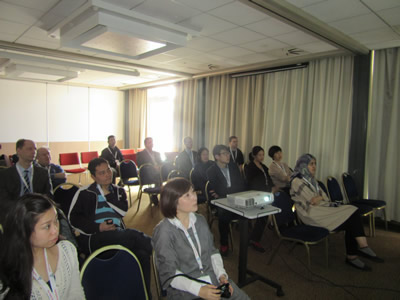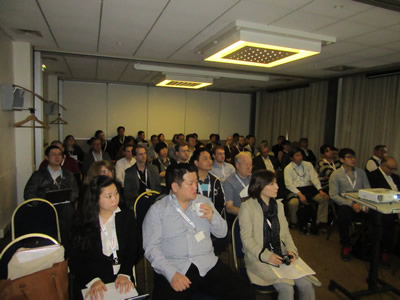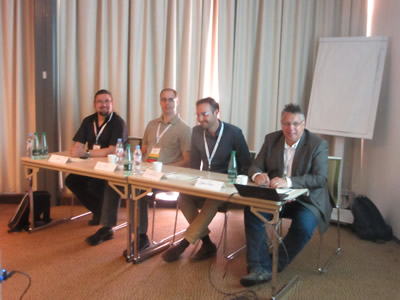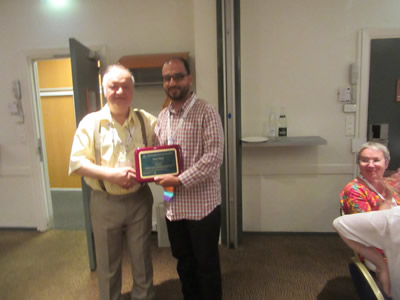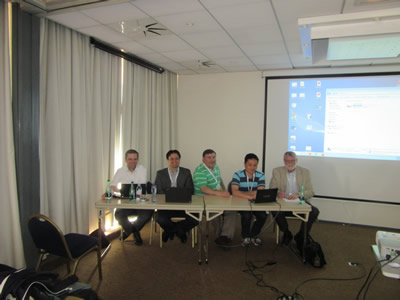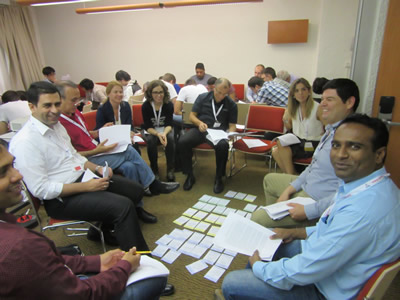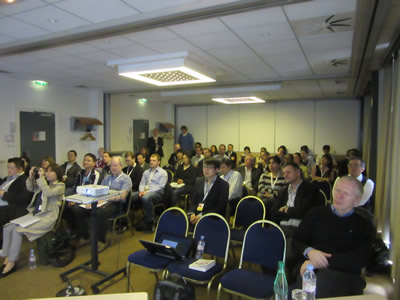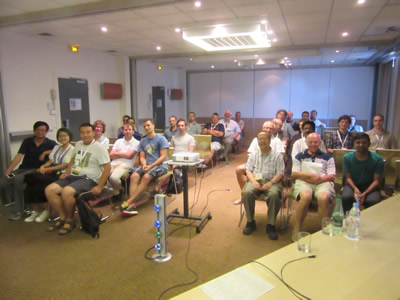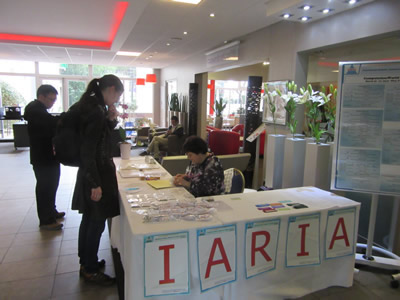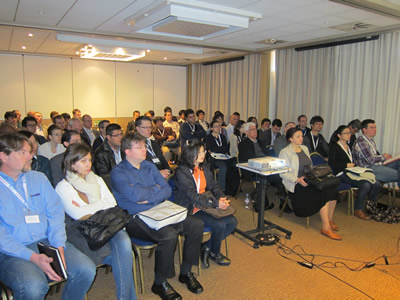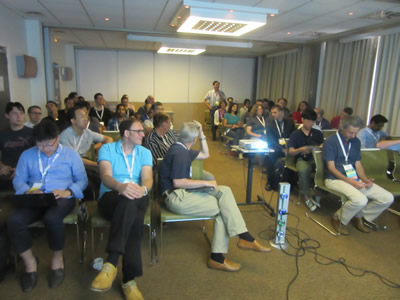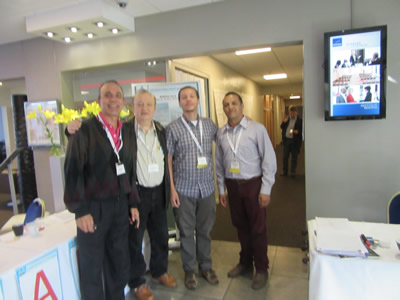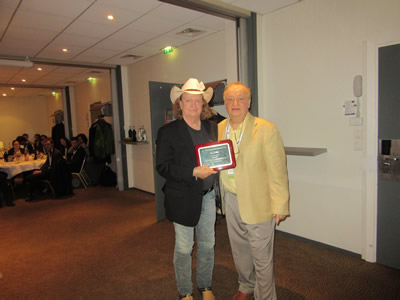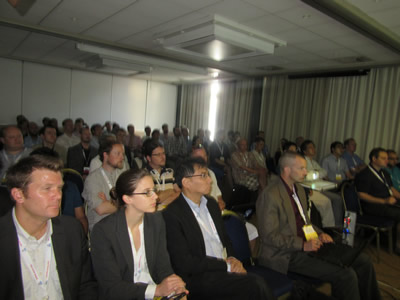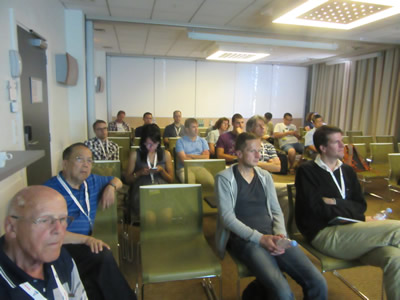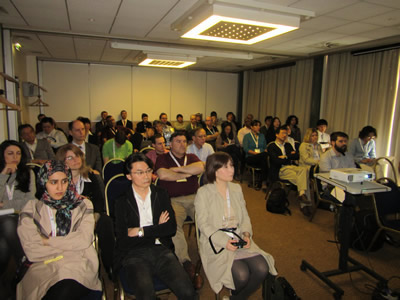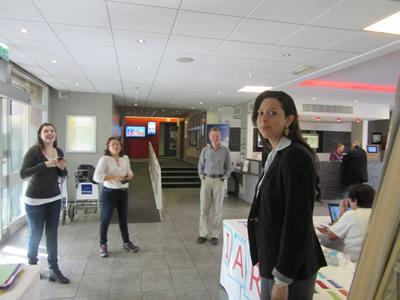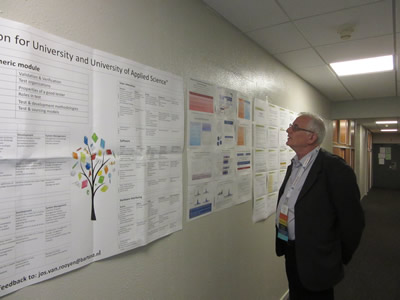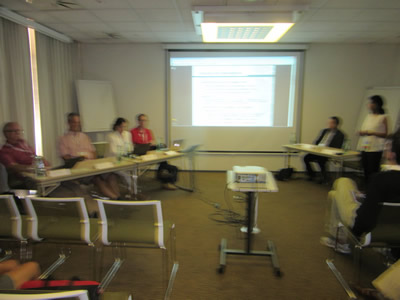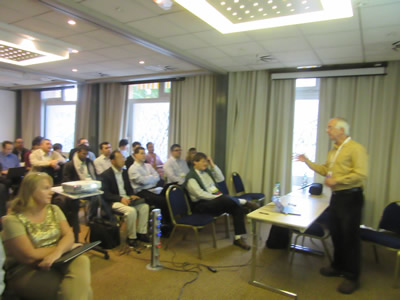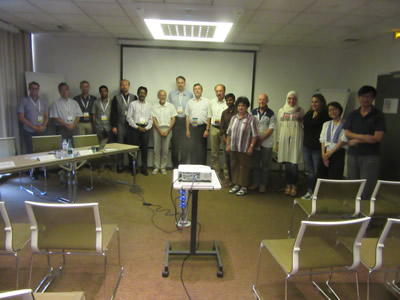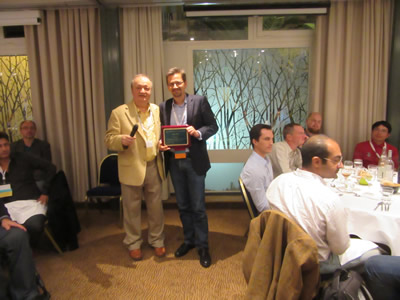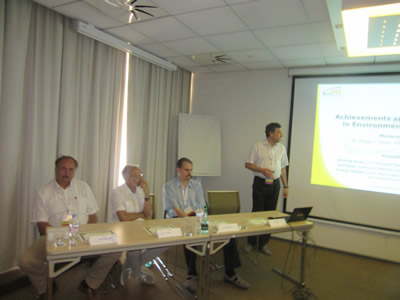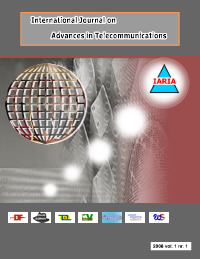PESARO 2025 - The Fifteenth International Conference on Performance, Safety and Robustness in Complex Systems and Applications
May 18, 2025 - May 22, 2025
PESARO 2025
Onsite and Online Options: In order to accommodate various situations, we are offering the option for either physical presence or virtual participation (pdf slides or pre-recorded videos).
ISSN: 2308-3700
ISBN: 978-1-68558-280-7
PESARO 2025 is colocated with the following events as part of NexComm 2025 Congress:
- ICDT 2025, The Twentieth International Conference on Digital Telecommunications
- SPACOMM 2025, The Seventeenth International Conference on Advances in Satellite and Space Communications
- ICN 2025, The Twenty-Fourth International Conference on Networks
- ICONS 2025, The Twentieth International Conference on Systems
- MMEDIA 2025, The Seventeenth International Conference on Advances in Multimedia
- PESARO 2025, The Fifteenth International Conference on Performance, Safety and Robustness in Complex Systems and Applications
- CTRQ 2025, The Eighteenth International Conference on Communication Theory, Reliability, and Quality of Service
- ALLDATA 2025, The Eleventh International Conference on Big Data, Small Data, Linked Data and Open Data
- SOFTENG 2025, The Eleventh International Conference on Advances and Trends in Software Engineering
PESARO 2025 Steering Committee
|
 |
Mohammad Rajabali Nejad
University of Twente
the Netherlands
|
|
 |
Rémy Houssin
Université de Strasbourg - ICube Laboratory
France
|
|
 |
Yulei Wu
University of Exeter
UK
|
|
 |
Wolfgang Leister
Norsk Regnesentral
Norway
|
|
 |
Mohammad Rajabali Nejad
University of Twente
the Netherlands
|
|
 |
Rémy Houssin
Université de Strasbourg - ICube Laboratory
France
|
|
 |
Yulei Wu
University of Exeter
UK
|
|
 |
Wolfgang Leister
Norsk Regnesentral
Norway
|
PESARO 2025 conference tracks:
Fundamentals and metrics
Fundamentals on system safety; Robustness technology and evaluation; Metrics for risk assessment; Performance-oriented design; Safety-oriented system design; Performance metrics and dependable metrics; Active and passive safety; Performance warning delay
Methodologies, techniques and algorithms
Systems modeling; Hazard analysis; System measurement and monitoring; Evaluation of safety data, and mitigation and prevention strategies; Model verification and validation; Fault-tolerant systems; Simulation, statistical analysis, and experimental design analysis; Language and run-time systems
System performance measurement and metrics with the human in the loop
Performance, safety, and robustness aspects of human-machine interfaces; Performance, safety, and robustness aspects of social robotics; Performance, safety, and robustness aspects of extended reality; Performance, safety, and robustness aspects of interaction with medical devices; Explainability of systems with human-in-the-loop
Systems performance and performance evaluation
Performance basics; Performance-oriented design; Performance methodology techniques and algorithms for analytic modeling; System measurement and monitoring; Model verification and validation, simulation, statistical analysis; Experimental design, and reliability analysis; Performance evaluation of various technologies and systems (mobile devices and wireless networks, distributed and parallel systems, file and storage systems, power management, database systems, computer networks and architectures, operating systems, fault-tolerant systems, and language and runtime systems). Performance in dedicated service systems (Web services, Financial services, Healthcare and pharmaceuticals, Telecommunications services, Industrial Manufacturing, Education services, Transportation services, Energy and utilities)
Safety in transportation systems
Advanced vehicle safety systems; Predictive computation for driver assistance; Advanced driver assistance systems; Vision-based driver assistance systems; Estimation of driver intention; Detecting driver distraction; Automatic emergency steering systems; Systems for positioning multiple maps for self-driving car's autonomous navigation; Models for selecting an evacuation route; Safety in electric vehicles; Safety of traction power supply system in electrified railways; Automation systems mainline railways; Emergency vehicle management; Vulnerability of ambulance response; Intelligent logistics and multimodal transport systems; Connected vehicle wireless systems; Design of railway freight business process; Traffic monitoring and redirecting systems; Monitoring heavy goods vehicles; Speed transition zone control in small, rural communities; Spatial and temporal analysis of planned road Infrastructure and traffic in large cities; Transit signal priority strategies; Rural school bus routing safety problem; Large-scale dynamic traffic control systems; Development and analysis of bicycle collision avoidance systems; Dynamic car route planning; Near-optimal train scheduling and routing; Optimal dynamic lane reversal systems for autonomous vehicles; Speed limit sign recognition systems; Fast pedestrian detection for mobile devices; Pedestrian guidance systems for public transportation users; Systems for assessment and signalling dangerous transportation; Traffic safety based on speed profiles.
Safety in industrial systems
Fundamentals on system safety; Safety of software systems and software engineering; Safety requirements; Safety for critical systems; Engineering for system robustness and reliability; Control of mission critical systems; Safety-oriented system design; Human tasks and error models; Hazard analysis; Cost and effectiveness of system safety; Verification and validation of safety; Safety tools; Evaluation of safety data, and mitigation and prevention strategies; Safety control and management; System Safety Implementation Guidelines and Standards; Transferring safety knowledge; Metrics for Risk Assessment; Contingency Planning and Occurrence Reporting; Preparedness Activities; Industry specific safety systems (Medical devices, Aerospace, Chemical industry, Nuclear power plants, Public health, Biological Safety)
Robustness
Robustness concepts and applications; Theory and mechanisms for robustness; Uncertainty and robustness; Statistic robustness; Computation and optimization of robustness; Robustness estimation and approximation; Robustness correction; Robust systems; Robustness tests and benchmarking; Robustness and performance; Robustness and safety; Robustness of self-adapting production lines; Situation-awareness and self-awareness
Systems risks
Identify and weight risks; Risk management systems; Risks in industrial systems; Risks in information-sharing systems; Limits in risks models; Systems risk evaluating (military, economic, judicial, etc.); Knowledge for risk-aware systems; Proactive and reactive alarm processing; Weak signals and big data; Risks of atmospheric surveillance systems; Risks in health systems; Earthquake systems; Radio-protection and nuclear risks; Risks in avionic and transportation systems; Lessons learned from accidents, crises and false alarms
Applications and services
Mobile Web performance; Multiple data center management; Network latency and impact on performance/robustness; Performance and robustness of cloud-based solutions; Scalable safe and robust solutions; Mobile devices and wireless networks; Mission critical systems and applications; Industry specific safety systems (medical devices, aerospace, chemical industry, nuclear power plants, public health, biological systems)
Deadlines:
Submission | Feb 21, 2025 |
Notification | Mar 24, 2025 |
Registration | Apr 05, 2025 |
Camera ready | Apr 13, 2025 |
Deadlines differ for special tracks. Please consult the conference home page for special tracks Call for Papers (if any).

